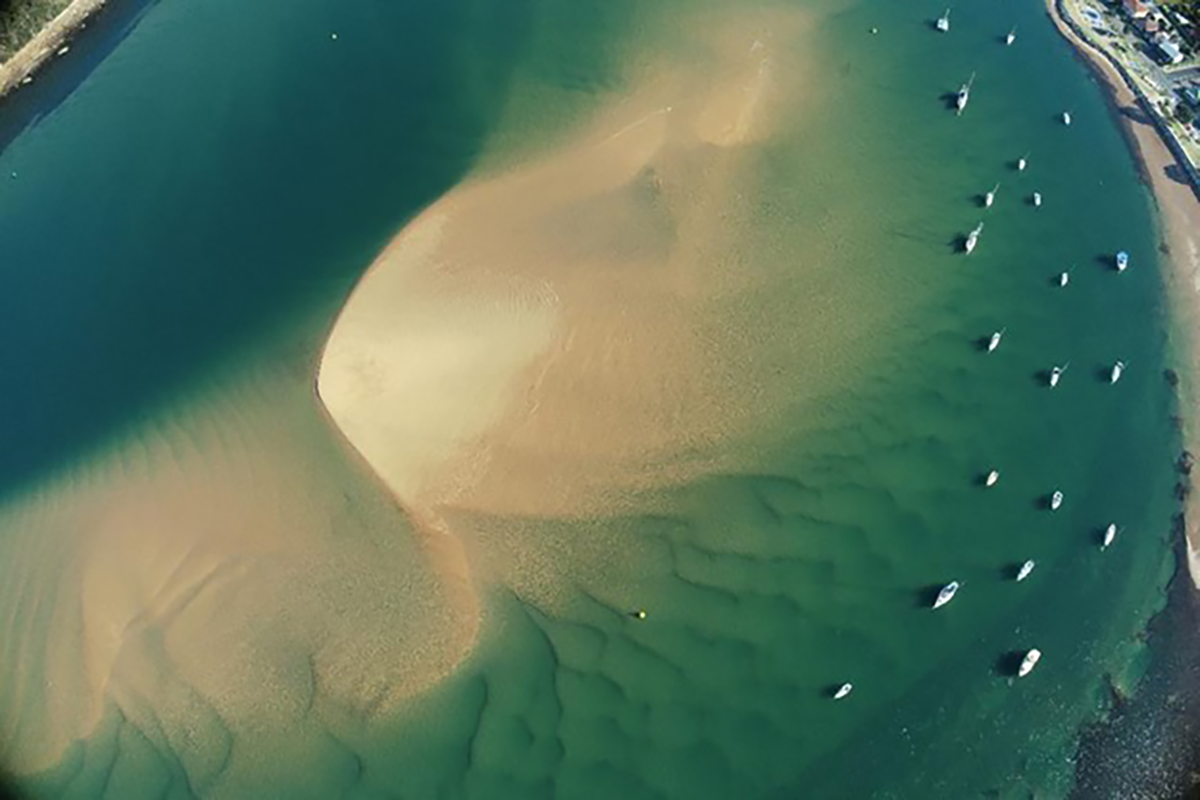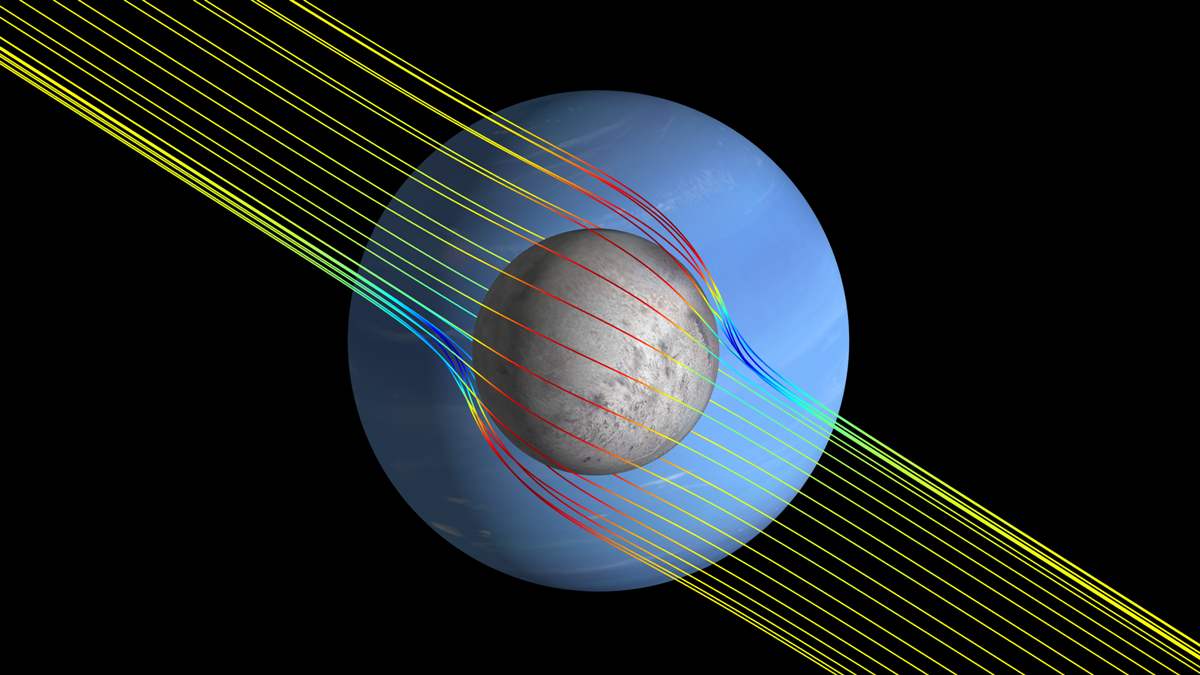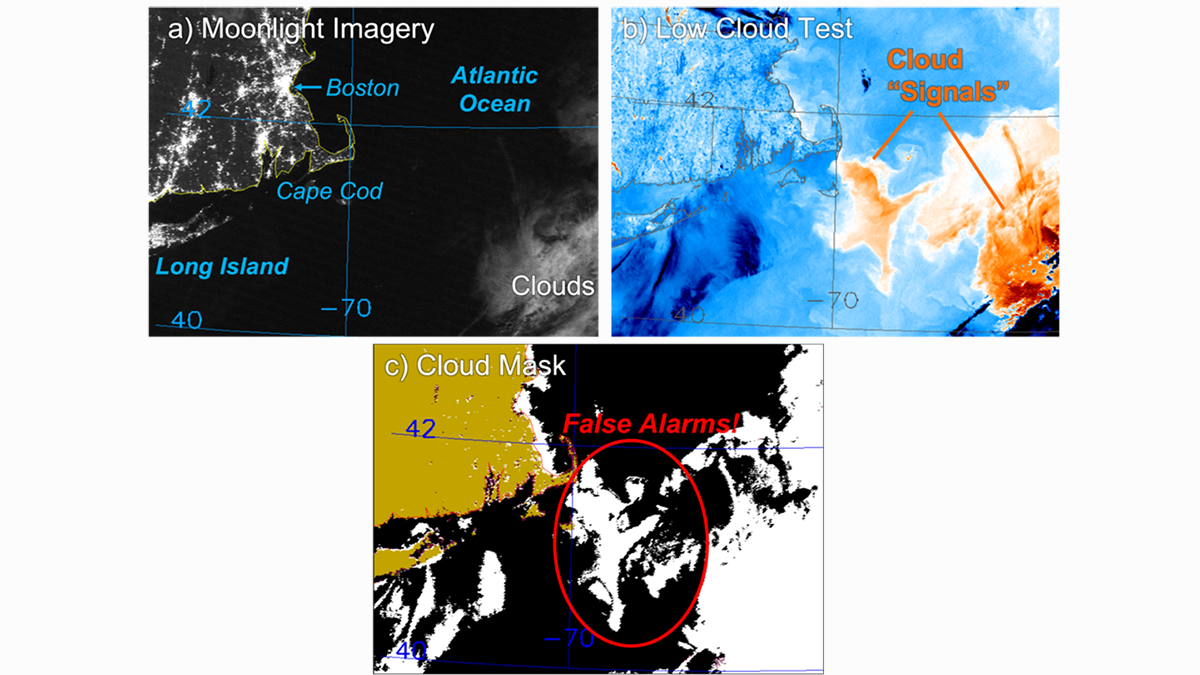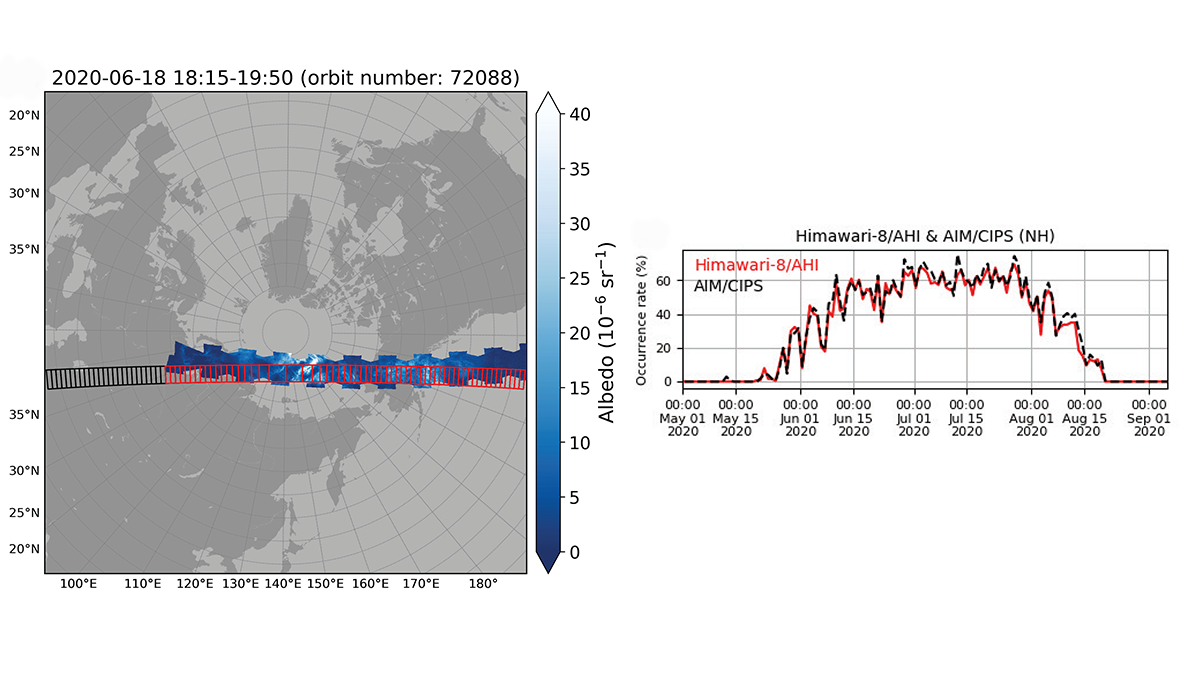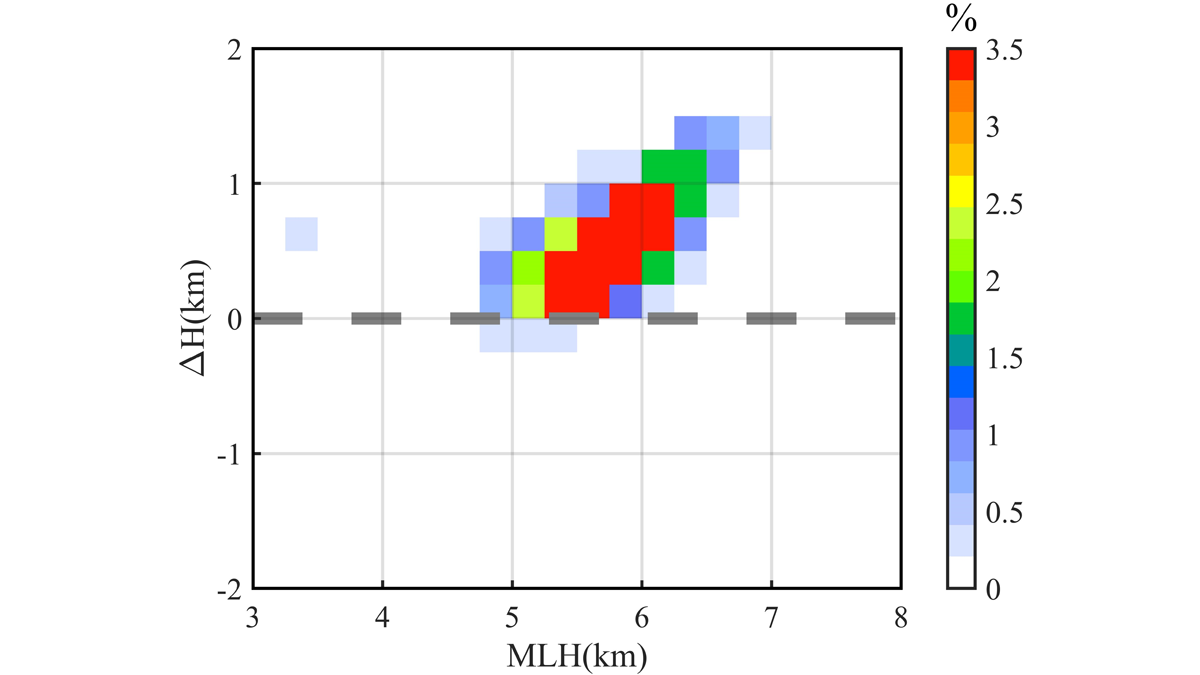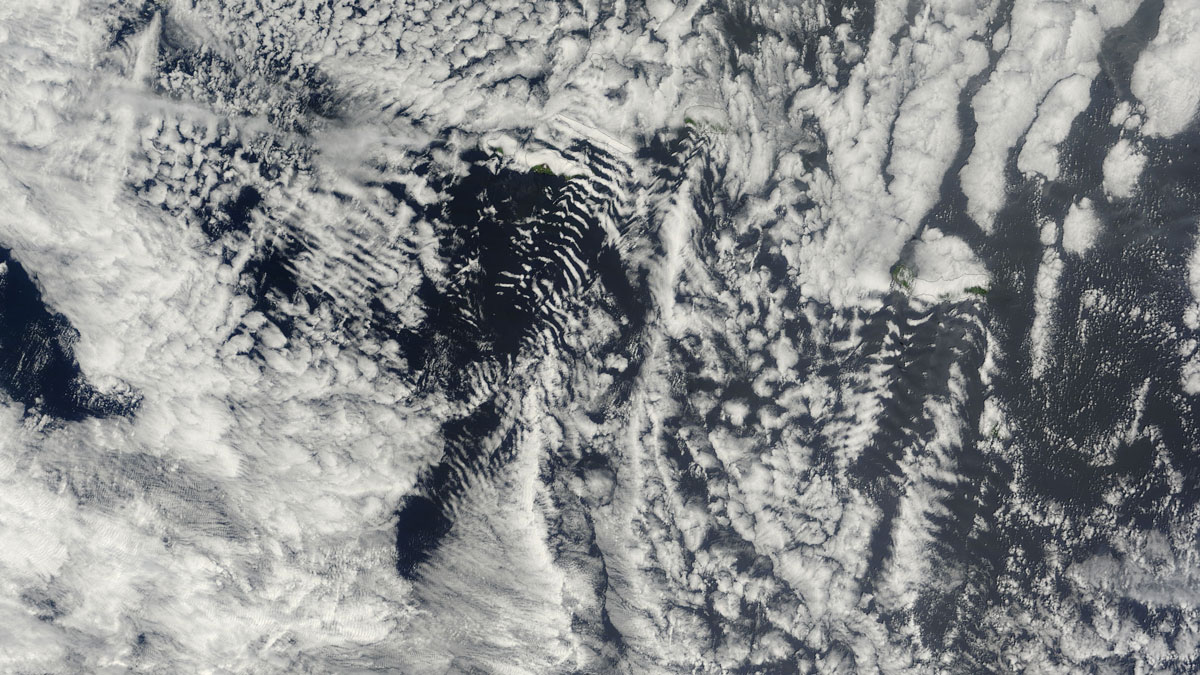A new special collection invites studies on a new era of models and knowledge that provide predictions or insights into predictability in coastal geomorphology.
Earth and Space Science
Encontrando los océanos ocultos de las lunas usando campos magnéticos inducidos
Un análisis de componentes principales de modelos especulativos puede predecir con más seguridad que las técnicas anteriores la p^ppresencia de un océano subsuperficial en un objeto planetario.
When Less is More—The Moon Sheds Light on Clouds at Night
Shining light into the dark reveals the unseen, but in some cases, it changes our perception of reality. Through moonlight we learn how the environment tricks our ways of finding nocturnal clouds.
New Technique Improves Polar Mesospheric Cloud Data Set
A new two-step Polar Mesospheric Cloud detection technique is applied towards the Himawari-8/Advanced Himawari Imager full-disk images leading to a new high-quality dataset.
Melting Layer Characteristics of Cyclones
Dual‐frequency Precipitation Radar observations reveal the characteristics and microphysical processes of the melting layer in cyclone precipitation over the western North Pacific.
Finding Moons’ Hidden Oceans with Induced Magnetic Fields
A principal component analysis of speculative models can more confidently predict the presence of a planetary object’s subsurface ocean than previous techniques.
How Do Marine Gases Affect Cloud Formation?
By using novel aircraft measurements over the eastern North Atlantic Ocean, researchers shed light on the relationship between common marine biogenic gases and the microphysical properties of clouds.
The Mystery of Methane on Mars Thickens
Two recently published papers zoom in on the mystery source of methane in the Martian atmosphere.
Introducing the New Editor in Chief of Earth and Space Science
Find out about the person taking the helm of Earth and Space Science and her vision for the coming years.

